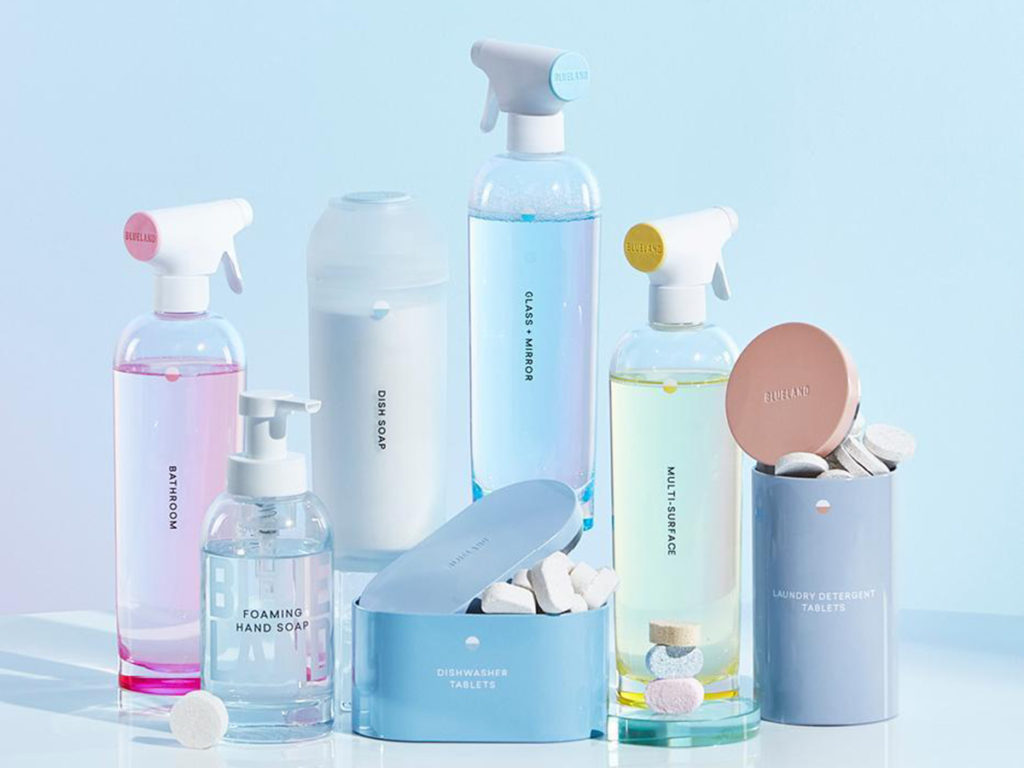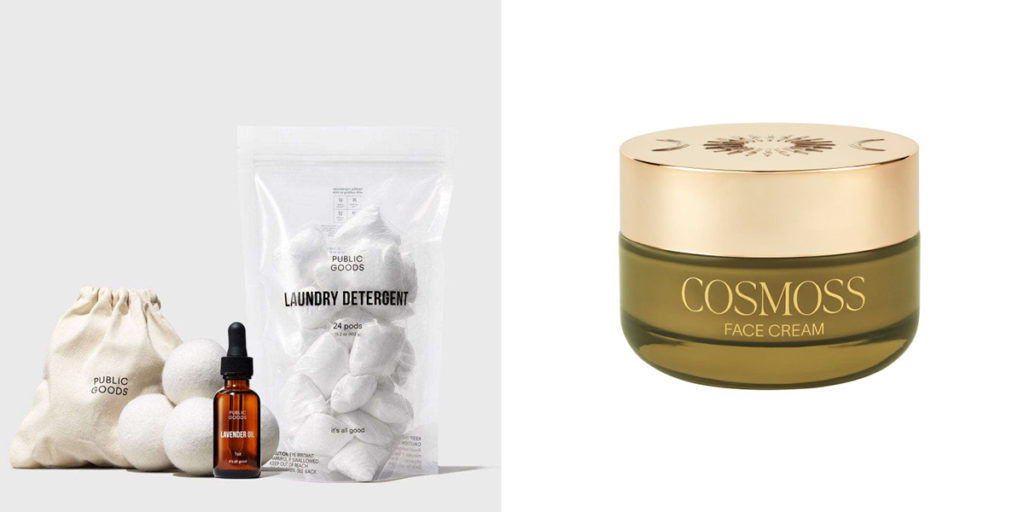In this edition, we discuss how sustainability and behaviour change have led to a new iteration of eco branding.
As always, the new year brings new design trends. This year, that includes the growth of eco-friendly products and designs, driven by consumers who have an increased awareness and concern for the environment.
The perception that these products are in some way a compromise is changing, as companies invest in R&D to create high-quality sustainable products that consumers are willing to pay a premium for. The ‘theory of planned behaviour’ can be applied here, linking influence, beliefs, attitudes, and social norms to encourage consumers to buy green.
And there’s no doubt that environmentally-conscious brands and products are becoming increasingly popular. We’ve seen the rise of hybrid and electric cars as well as solar power, as consumers push for action and net zero emissions around the globe.
However, despite the progressive technologies that come with advanced innovations such as these, the most common eco branding that currently exists offers a stark contrast.
Let’s discuss sustainability, the theory of planned behaviour and the New Eco design trend below.
Why should brands care about sustainability?
By understanding the factors that influence consumer behaviour, companies can create more effective strategies to encourage sustainable consumption. For instance, people are more likely to purchase sustainable products if they have a positive attitude towards sustainability and believe that it’s important.
Around the globe, 8 in 10 shoppers are willing to pay more for eco-friendly products (IBM, 2020), and 88% of consumers believe companies can influence societal change (GSG, 2018). However, there are behavioural differences between generations when it comes to purchasing green products, due to environmental concern, attitudes and knowledge.
As Gen Z in particular (aged between 7 and 22), are highly influenced by social media and peer recommendations, they place a significant emphasis on sustainability and value with over 64% declaring they would pay more for green alternatives. With a combined disposable income of $360 billion US dollars (Forbes, 2022) and rising – that’s hard to ignore.
Changing perceptions and behaviour
In the past, people have believed they need to compromise on quality or price for sustainability. However, now that society and businesses are moving towards net zero by 2050, environmental consciousness and sustainability are front of mind for most brands.
Historically, these sustainable products have been more expensive, due to the cost of production, materials and certifications. However, as advancements in technologies occur, coupled with higher demand, they are becoming vastly more affordable.


Overall, the market is growing and companies are offering more options that meet consumer demands for both sustainability and style. This year, we’re noticing a shift towards more futuristic, refined and minimalist eco branding in order to appeal to consumers – a trend colloquially termed ‘New Eco’.
The next iteration of eco branding
Eco branding has evolved to rely more on minimalism and simplicity. This usually involves a limited palette of one or two colours and large, clear fonts. This approach seeks to communicate the brand’s values, message, and personality with only the necessary elements. Earth tones and soft treatments have become less common, replaced with a more minimal, aspirational, and forward-looking style.
“Gone are the earth tones and soft treatments…The new iteration of eco branding will be more minimal, aspirational and future-focused.”
Kieron, Envato




Packaging is changing as well, with many businesses using fewer materials and embracing more natural alternatives, free from complicated visuals or clutter. Currently, this approach also enables brands to stand out amongst their competition, particularly when placed side by side on busy supermarket shelves.
The below example from Public Goods illustrates this point well, with very simple packaging and refined designs with little to no recognisable branding. Packaging for Kate Moss’ beauty and wellness brand Cosmoss, is following the same path with clean, concise and impactful designs that are both elegant and understated to appeal to their audience and luxury brand positioning.


New Eco branding also offers businesses a way to avoid consumer fatigue and ensure their designs remain fresh and distinctive. This is brands doing more with less and making a bigger impact with fewer elements.
The brands embracing New Eco designs are at the forefront of presenting sustainability in a minimal, aspirational and future-focused way. We’re excited to witness this new, more refined approach that more accurately reflects consumer behaviour, current trends and improvements in technology and innovation.
Source: Envato 2022, Finances Online 2022, Forbes 2022.

